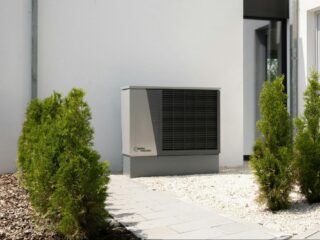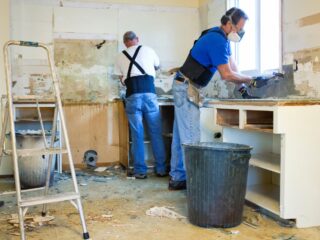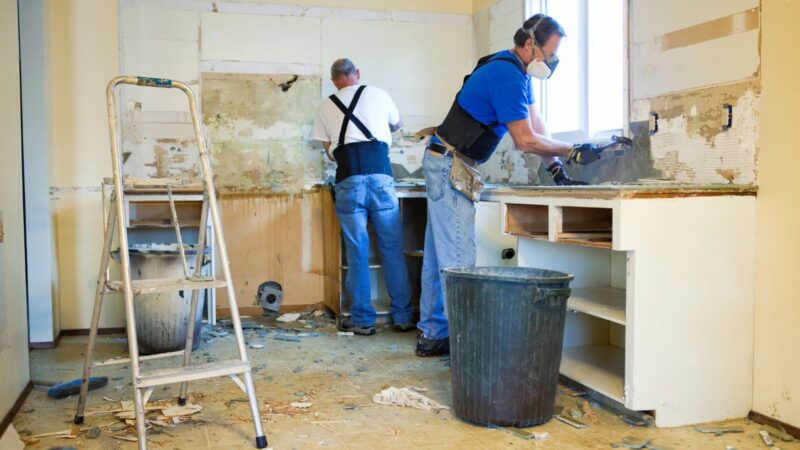Maintaining a clean and tidy rental apartment is essential for creating a comfortable living environment and returning your security deposit.
Whether you’re living in one of the many apartments for rent or planning to move into a new one, even the most diligent renters can overlook certain areas during their cleaning routine. These often-missed spots can accumulate dust, grime, and bacteria over time, affecting your home’s overall cleanliness and hygiene. In this article, we’ll highlight main areas renters often overlook on their cleaning checklist and provide tips on how to keep these spots sparkling clean.
Dust and Dirt Accumulation in Corners and Baseboards
These spaces serve as hidden traps for dust particles, dirt, and debris that find their way into nooks and crannies, escaping the notice of even the most meticulous renters. Over time, this accumulation can lead to a buildup of allergens, pet hair, and other airborne particles, potentially compromising the indoor air quality of the living space.
A good starting point is to equip oneself with the proper tools, such as a vacuum cleaner fitted with a crevice tool attachment. This allows for the efficient removal of loose dirt and dust that have settled in these confined spaces. By beginning the cleaning process with thorough vacuuming, one can significantly reduce the initial accumulated layer of debris.
Following this initial step, the next phase involves meticulously wiping down corners and baseboards using a microfiber cloth dampened with a gentle cleaning solution. A homemade mixture of water and vinegar is an effective and eco-friendly option for lifting grime and dirt from these surfaces without causing any damage. For more stubborn residue, the gentle abrasive properties of baking soda can be incorporated into the cleaning regimen, providing a natural and safe method for scrubbing away persistent dirt without compromising the integrity of the paint or finish.
It is imperative to pay attention to the drying process following the cleaning of corners and baseboards, as excess moisture left behind can potentially lead to undesirable consequences such as water damage or mold growth.
Door Handles and Locks
Due to frequent contact by residents and guests, these seemingly small details can harbor a surprising amount of dirt, germs, and bacteria. Neglecting to regularly clean these high-touch surfaces compromises the cleanliness of your living environment and increases the risk of spreading illnesses among occupants.
Imagine the number of times you or visitors grasp a door handle throughout the day – from entering the apartment after running errands to simply moving from room to room, each touch leaving behind traces of dirt and bacteria. The same applies to door locks, which, if left uncleaned, can accumulate grime and affect their functionality over time.
Steps for Cleaning Door Handles and Locks:
Gather Supplies
Gather all the necessary supplies before embarking on the cleaning journey to ensure a thorough job. You will need a soft microfiber cloth, mild soap or a suitable disinfectant, a small brush (like a toothbrush) for intricate parts, and a dry cloth for the final polish.
Damp Cloth Wipe Down
Begin cleaning by wiping down the door handles and locks with a damp microfiber cloth. This initial step helps remove surface dirt and grime, preparing the surfaces for a deeper cleanse.
Clean with Soap
Create a soapy solution using mild soap and water for a more comprehensive cleaning session. Dip the microfiber cloth into the solution and gently scrub the door handles and locks, paying special attention to any crevices or intricate designs that may trap dirt.
Focus on Lock Mechanisms
To ensure the smooth operation of your door locks, take extra care in cleaning the lock mechanisms. Using a small brush, such as a toothbrush, dipped in soapy water, meticulously scrub the keyhole and surrounding areas to dislodge any debris that might hinder the lock’s functionality.
Rinse and Dry
Once the cleaning is complete, rinse off any soap residue by wiping the door handles and locks with a damp cloth. To prevent water spots and maintain a gleaming finish, thoroughly dry the surfaces with a clean cloth.
Disinfect (Optional)
If you want to take an extra step in sanitizing your door handles and locks, consider using a disinfectant spray or wipe designed for use on such surfaces. Following the product’s instructions carefully, apply the disinfectant to kill off any remaining germs and bacteria, ensuring a hygienic environment for all inhabitants.
Behind Furniture and Appliances
The decision to venture into the territory behind furniture and appliances is not merely an aesthetic but a fundamental aspect of maintaining a hygienic and harmonious living space. Here’s why these overlooked areas demand attention:
Dust and Dirt Invasion
Over time, dust particles meander into the nooks and crannies behind furniture and appliances, forming a silent alliance with dirt to compromise indoor air quality and potentially trigger respiratory discomfort.
Invitation to Unwanted Guests
Crumbs and food remnants left undisturbed in these concealed spaces constitute a delectable invitation to unwelcome visitors of the pest variety, from scurrying ants to nocturnal cockroaches and even audacious rodents seeking a clandestine feast.
Menace to Surfaces
When left unattended, furniture’s underbelly can transform into a menacing ground for friction-induced havoc. The shuffling weight of unchecked items can gouge, scratch, or mar delicate flooring surfaces, especially those of hardwood or pristine laminate.
Fire Hazard Alert
Ignoring the accumulation of dust mingling dangerously close to electrical outlets or heat-generating appliances may inadvertently kindle a fire hazard that could swiftly translate into a difficult situation, requiring urgent mitigation.












